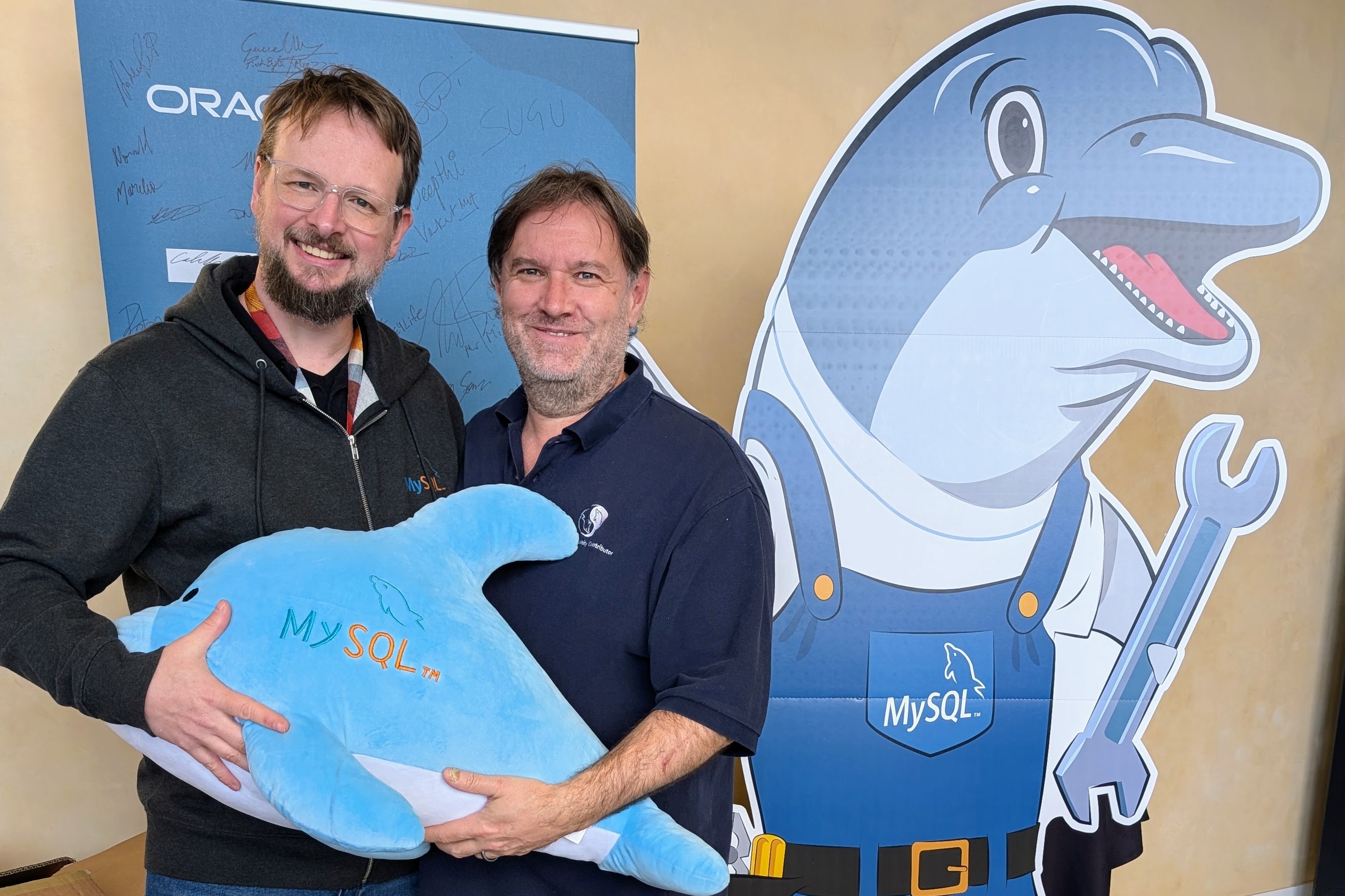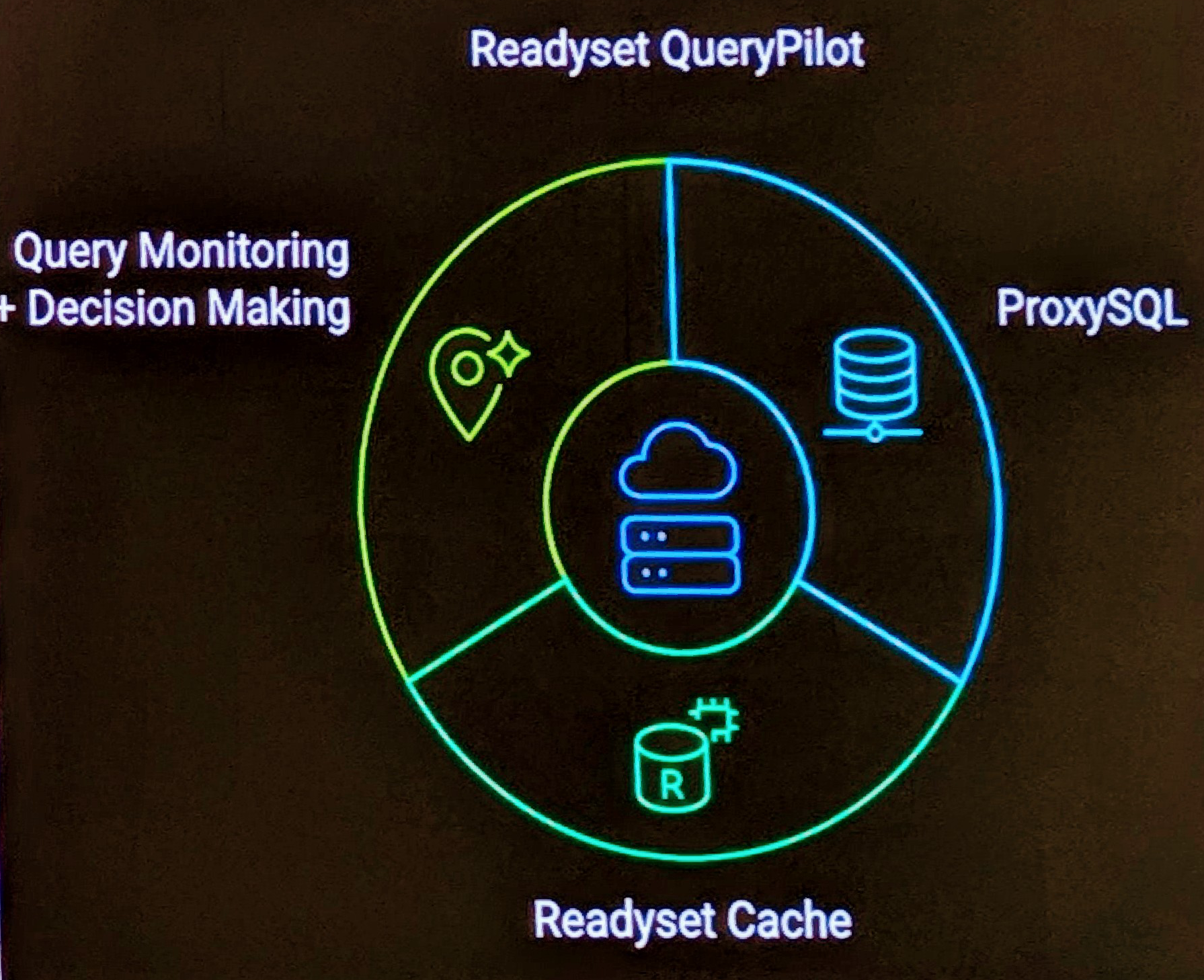I’ve been wondering what exactly is a wiki? It’s also not the first time I’ve been asked myself. Here is an explaination I came across.
A wiki, from the Hawaiian term for “quick,” is an ongoing, ever-evolving, organized compilation of information.
The theory behind wikis is simple: One know-it-all is not enough; more is better. Unlike other Web sites created and managed by a single person or entity, wikis are truly for the people, by the people. But the model has also come under fire, underscoring the danger of wikis: it’s open to everyone, including pranksters and those with an ax to grind or want to revise history in their favor.
Wiki’s enable a mass collaboration to build all kinds of things. It is becoming a new model for doing things on the Internet. The software is not magic, you can’t throw up a wiki and hope a miracle will occur. It takes thoughtful people to make it run.
Wikimania is growing dramatically. In October, 16.3 million people visited Wikipedia, a 267 percent increase from the same month last year, according to Nielsen/NetRatings. Overall, the site has compiled 2.6 million articles, including 840,000 in English.


